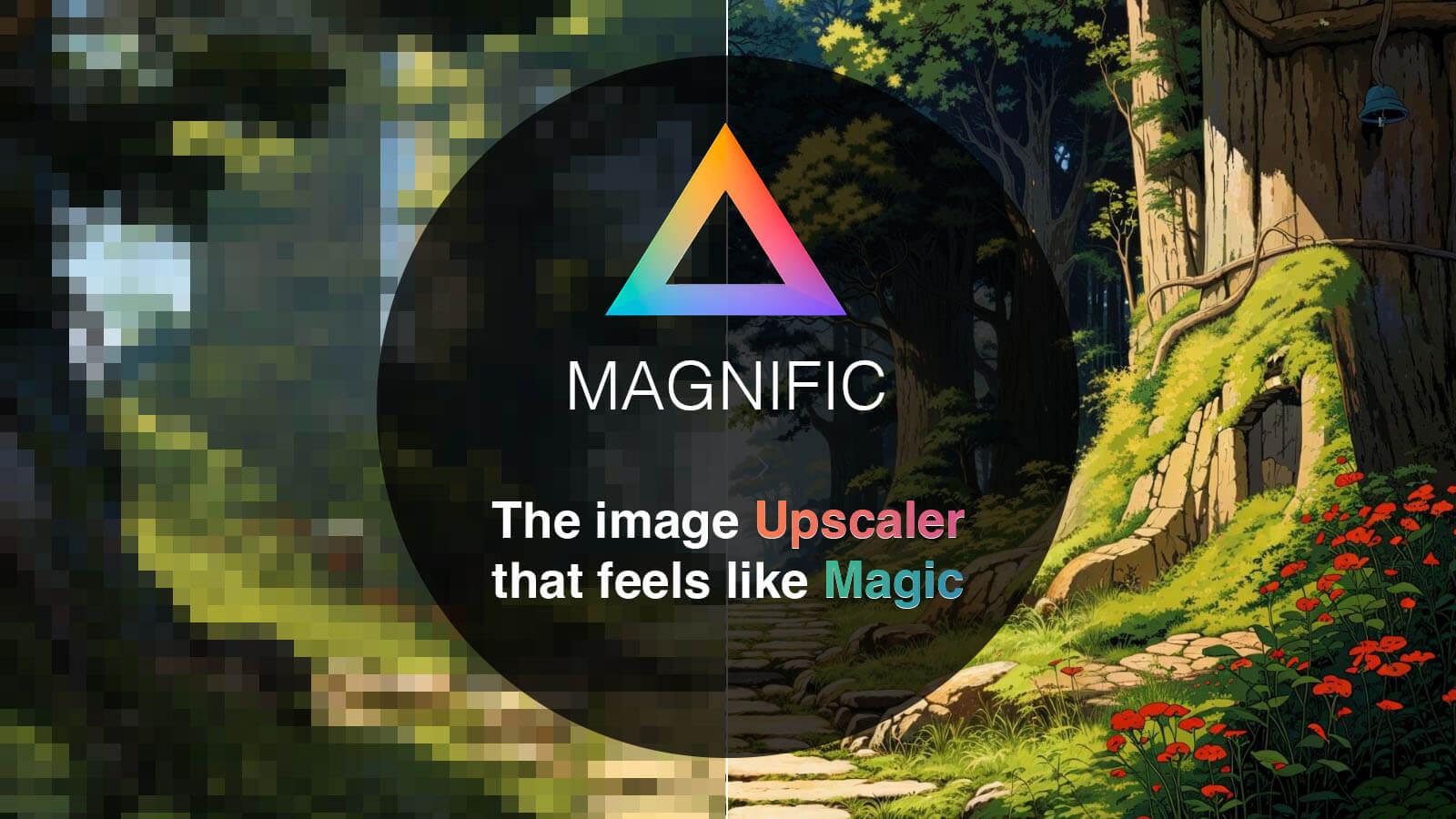- Unfolding AI
- Posts
- GPT Bots and Agents | Issue 23
GPT Bots and Agents | Issue 23
The Unfolding:ai weekly newsletter about AI for Business Professionals
Hi Everyone,
2024 is off to an interesting start. The breadth of ‘AI’ empowered consumer devices at CES is an indication as to how as a technology solution it will be in every product. It is fair to say, some of the products are more interesting than others, and some are just plain odd.
OpenAI’s ‘GPT store’ is imminent, and some more information about Apple and AI has been released.
In this Issue
We are a growing newsletter, we appreciate every share and recommendation.
OpenAI ‘GPT’ Store
OpenAI last Year created the facility to create ‘GPTs’. These ‘GPTs’ are like a pre-coded ‘playbook’, or set of custom instructions. They can have additional data files provided to them and also be extended with ‘plugin’ or ‘actions’. They can also browse the web, perform analytics and code execution and create images. They are quite versatile, but have some limitations.
I use my own as a personal playbook, or set of custom instructions, each one can usually perform one task. For example, I have a GPT called ‘Summarise this’. Its purpose is to take a long article, summarise it, extract key facts, figures, and provide a useful set of #Tags for search later. It has instructions to provide the summary in a standard format, and length.
A stepping stone towards ‘Agents’
These ‘GPTs’ are a first step towards autonomous AI Assistants, or Agents. The idea is that you would have many ‘bots’ which could perform tasks on your behalf. They run all the time, and are either sent to do tasks by yourself, or more likely, react to events and perform a single purpose. The advantage of using this agent approach is that each agent can be good at just one thing.
Have you noticed, that chatGPT is not good if you change topics. It is much stronger if each topic is in a single chat. It is the same when creating GPT’s or agents. Each one is good at one thing, for example, helping to organise your daily to do list, refining SEO copy, evaluating the weekly sales figures into a simple format for circulation.
These GPT’s run within your GPTPlus (chatGPT4) subscription.
So what is the GPT Store
Think of this like an app store for AI Bots.
When you (or anyone else) creates a GPT, you can have it private, shared via link, or public. Public GPT’s will appear in the store.
The store is likely to be full of rubbish gpt’s. I have looked at a lot that have been shared previously via X/Twitter. Amongst them there will be amazingly helpful ones, but it has been equated to ‘the Apple app store gold rush’. If you remember the launch of the app store, the number one app made ‘fart’ noises. Look out for these thin veneer apps, scam apps, phishing apps, and ones which generally promise ‘to world hunger, the climate, peace’.
If you find amazing GPT’s let me know, I will have a look at them and share them assuming they are safe to do so.
Some of the apps will be able to be monetised, and have a charge fee, either as a one off, or additional subscription.
Unfold will have some apps in the store. Here are the direct links
We have more to release, as soon as the store lets us!
Why is this important to business
GPT’s (shared by link), or within a business provide a really great way to share prompts, solutions and process improvements. They could be a real productivity playbook. In addition the next steps, the use of agents which have more capability will likely be the most approachable way to start low code automation. This low code automation is the unlock for securing the productivity gains, expected to be up to 40% in a typical business.
Teams version
Also announced, the teams (small business) version, which includes opt-out on data by default, shared gpt’s and some other features. More next issue on this.
Upscaling images
If you have used any of the text to image tools such as Midjourney, Leonardo or Dall-e you will have noticed that the images are great on screen, but are not that great for larger printing. The current images are typically 1080p (1000 pixels or so across). Printed that makes the image about 3 Inches square.
When you magnify, or ‘zoom up’ and image, it quickly becomes a blurred blocky mess. Unless you use an AI upscaler. These tools use AI (and sometimes additional prompts) to ‘create’ additional detail. They are one of the technologies behind the scenes of image production that have made great steps in quality. Free tools are available, but the commercial tools are significantly better.




Reply